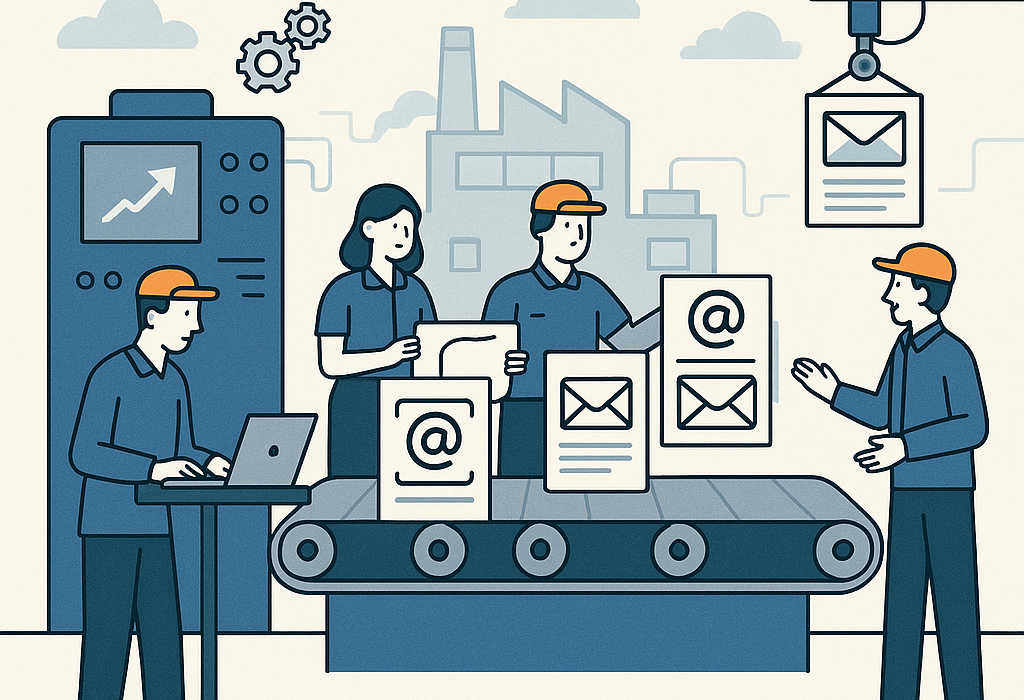


Two years. One global brand. A hastily assembled team.
For two years I participated in the production for a global client (via a major agency network). The earlier posts grew out of that work. This one goes deeper: how to turn chaos into a repeatable, scalable email template factory, and what actually breaks when you try.
Core frictions emerged:
Two things stand out. First, these are client-agnostic challenges. Second, they can be solved by designing a system that addresses many of them at once. What must such a system include?
Based on collected inputs, you can generate the baseline HTML template structure, a catalog of prebuild templates and content layout documentation for designers, with the right annotations. Automatically.
A tool that lets the client edit content and clone content blocks and templates while preventing breakage (imposes constraints where needed).
Tools that standardize outputs and guarantee quality with a low entry threshold for less experienced contributors.
Meet those conditions and you get a scalable system. After 2-week implementation and brand configuration, this approach solves the major pain points. Quality control shrinks from 2-3 review cycles to same-day formalities, throughput increases 300-400%, which is crucial for execution inside the factory.
A true email factory is a system, not a hero team. Get the rails right: tokens, components, guardrails, automation, and SLAs, and the rest starts to click.
In fact, tools like Parcel.io already have 80% of the required functionality. With a focused "email template factory" UI layer and enterprise onboarding process, this could become a premium offer worth multiples of the current price for global accounts.
Which bottleneck is killing your throughput today. Inputs, components, or review loops? Let’s pressure-test your flow and tune the rails.
#EmailGeeks #EmailDevelopment #EmailFramework #HTMLEmails #DesignSystems #MarketingAutomation #QA #EmailTooling #EnterpriseTech #xMaizzle